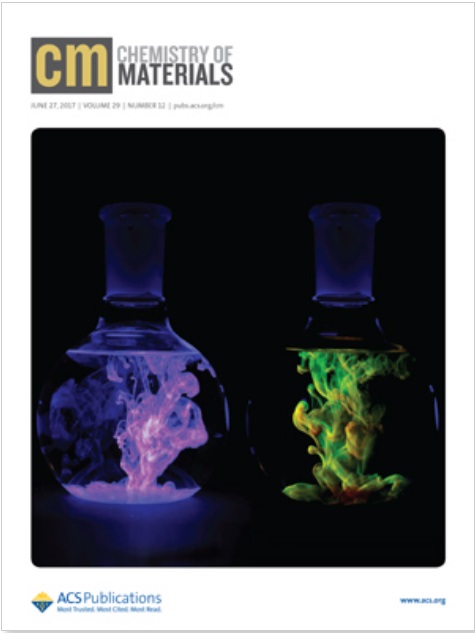Multifunctional hybrid nanoparticles comprising two or more entities with different functional properties are gaining ample significance in industry and research. Due to its combination of properties, a particularly appealing example is Au–Fe3O4 composite nanoparticles. Here we present an in-depth study of the synthesis of Au–Fe3O4 heterostructured nanocrystals (HNCs) by thermal decomposition of iron precursors in the presence of preformed 10 nm Au seeds. The role of diverse reaction parameters on the HNCs formation was investigated using two different precursors: iron pentacarbonyl (Fe(CO)5) and iron acetylacetonate (Fe(acac)3). The reaction conditions promoting the heterogeneous nucleation of Fe3O4 onto Au seeds were found to significantly differ depending on the precursor chosen, where Fe(acac)3 is considerably more sensitive to the variation of the parameters than Fe(CO)5 and more subject to homogeneous nucleation processes with the consequent formation of isolated iron oxide nanocrystals (NCs). The role of the surfactants was also crucial in the formation of well-defined and monodisperse HNCs by regulating the access to the Au surface. Similarly, the variations of the [Fe]/[Au] ratio, temperature, and employed solvent were found to act on the mean size and the morphology of the obtained products. Importantly, while the optical properties are rather sensitive to the final morphology, the magnetic ones are rather similar for the different types of obtained HNCs. The surface functionalization of dimer-like HNCs with silica allows their dispersion in aqueous media, opening the path to their use in biomedical applications.
